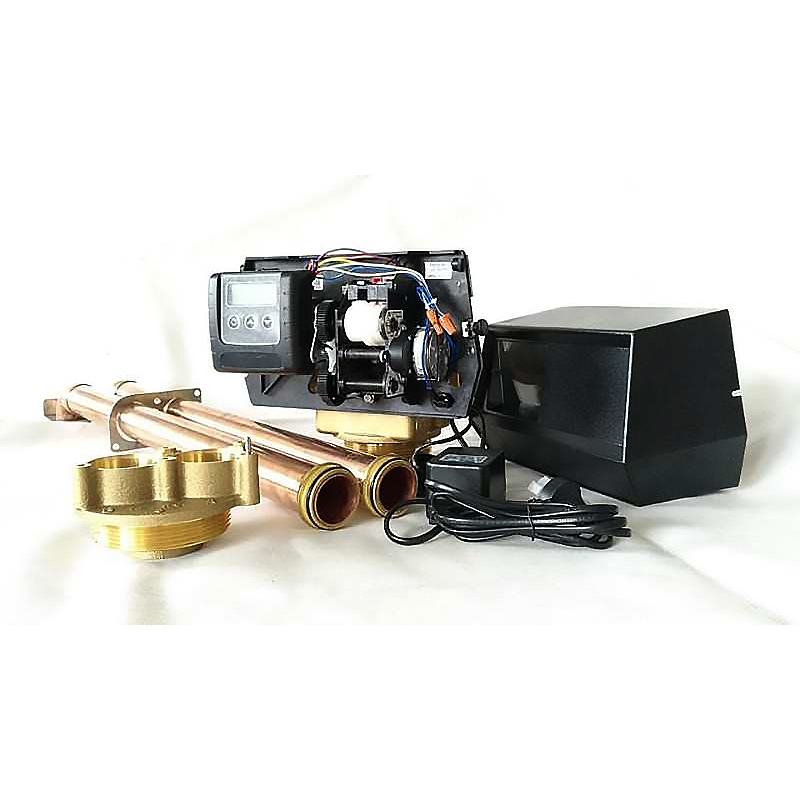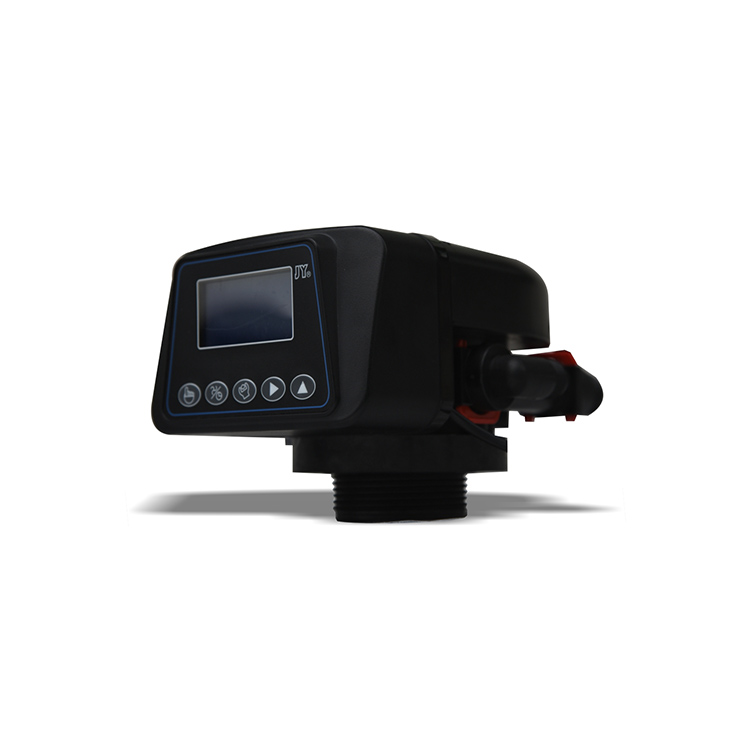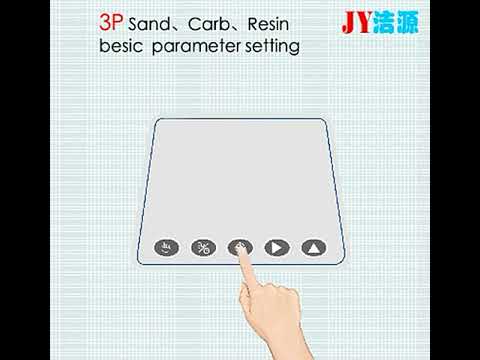“Effortlessly improve your water quality with a bypass valve installation for your water softener.”
Table of Contents
Benefits of Installing a Bypass Valve for Your Water Softener
Water softeners are essential appliances in many households, as they help to remove minerals such as calcium and magnesium from hard water. However, there may be times when you need to bypass your water softener, such as during maintenance or repairs. Installing a bypass valve for your water softener can make this process much easier and more convenient.
One of the main benefits of installing a bypass valve for your water softener is that it allows you to easily divert water around the softener when needed. This can be particularly useful when you need to shut off the water supply to the softener for maintenance or repairs. Instead of having to shut off the water supply to your entire house, you can simply turn the bypass valve to redirect water around the softener. This can save you time and hassle, as well as prevent any disruptions to your water supply.
Another benefit of installing a bypass valve for your water softener is that it can help to extend the life of your softener. By bypassing the softener when it is not needed, you can reduce the wear and tear on the appliance. This can help to prevent premature breakdowns and extend the lifespan of your water softener. In addition, bypassing the softener when it is not in use can help to conserve salt and water, which can save you money in the long run.
Installing a bypass valve for your water softener is a relatively simple process that can be done by most homeowners. The first step is to locate the inlet and outlet pipes on your water softener. These are typically located near the top of the appliance. Once you have located the pipes, you will need to shut off the water supply to the softener. This can usually be done by turning a valve located near the water softener.
Next, you will need to cut into the pipes to install the bypass valve. This can be done using a pipe cutter or a hacksaw. Once you have cut into the pipes, you can install the bypass valve according to the manufacturer’s instructions. This typically involves attaching the valve to the pipes using compression fittings or soldering.
| Model | Central tube | Drain | Brine tank connector | Base | Maximum power | Pressure |
| 2850 | 1.9″(1.5″)O.D. | 1″NPTM | 3/8″ & 1/2″ | 4″-8UN | 72W | 2.1MPa |
| 2850 | 1.9″(1.5″)O.D. | 1″NPTM | 3/8″ & 1/2″ | 4″-8UN | 72W | 0.14-0.84MPa |
After the bypass valve has been installed, you will need to test it to ensure that it is working properly. To do this, turn the valve to the bypass position and turn the water supply back on. You should notice that water is now flowing around the softener instead of through it. If the bypass valve is working correctly, you can then turn the valve back to the normal position to resume normal operation of the water softener.
In conclusion, installing a bypass valve for your water softener can offer a number of benefits, including easier maintenance and repairs, extended appliance lifespan, and cost savings. By following the simple steps outlined above, you can install a bypass valve for your water softener and enjoy these benefits for years to come.
Step-by-Step Guide on How to Install a Bypass Valve for Your Water Softener
Water softeners are essential for removing minerals like calcium and magnesium from your water supply, which can cause limescale buildup in your pipes and appliances. However, there may be times when you need to bypass your water softener, such as during maintenance or repairs. Installing a bypass valve for your water softener allows you to easily switch between softened and unsoftened water without having to shut off your entire water supply. In this article, we will provide you with a step-by-step guide on how to install a bypass valve for your water softener.
The first step in installing a bypass valve for your water softener is to gather all the necessary tools and materials. You will need a pipe cutter, two compression fittings, two shut-off valves, Teflon tape, and a bypass valve kit. Make sure to turn off your water supply before starting the installation process.
Once you have gathered all the necessary tools and materials, the next step is to locate the inlet and outlet pipes on your water softener. Use the pipe cutter to cut the pipes where you want to install the bypass valve. Make sure to measure and mark the pipes accurately before cutting to ensure a proper fit.

After cutting the pipes, use the compression fittings to attach the shut-off valves to each end of the cut pipes. Apply Teflon tape to the threads of the fittings to prevent leaks. Make sure to tighten the fittings securely to ensure a proper seal.
Next, install the bypass valve according to the instructions provided in the bypass valve kit. The bypass valve allows you to divert water flow away from the water softener when needed. Make sure to follow the manufacturer’s instructions carefully to ensure proper installation.
Once the bypass valve is installed, turn on your water supply and check for any leaks. If you notice any leaks, tighten the fittings or reapply Teflon tape as needed. It is important to ensure that there are no leaks before using the bypass valve.
After confirming that there are no leaks, test the bypass valve by turning the handle to divert water flow away from the water softener. You should notice a difference in water quality when the bypass valve is activated. If everything is working properly, you have successfully installed a bypass valve for your water softener.
In conclusion, installing a bypass valve for your water softener is a simple and straightforward process that can be completed in a few easy steps. By following this step-by-step guide, you can easily switch between softened and unsoftened water without having to shut off your entire water supply. Remember to gather all the necessary tools and materials, measure and cut the pipes accurately, and follow the manufacturer’s instructions for proper installation. With a bypass valve installed, you can easily maintain and repair your water softener without any hassle.






